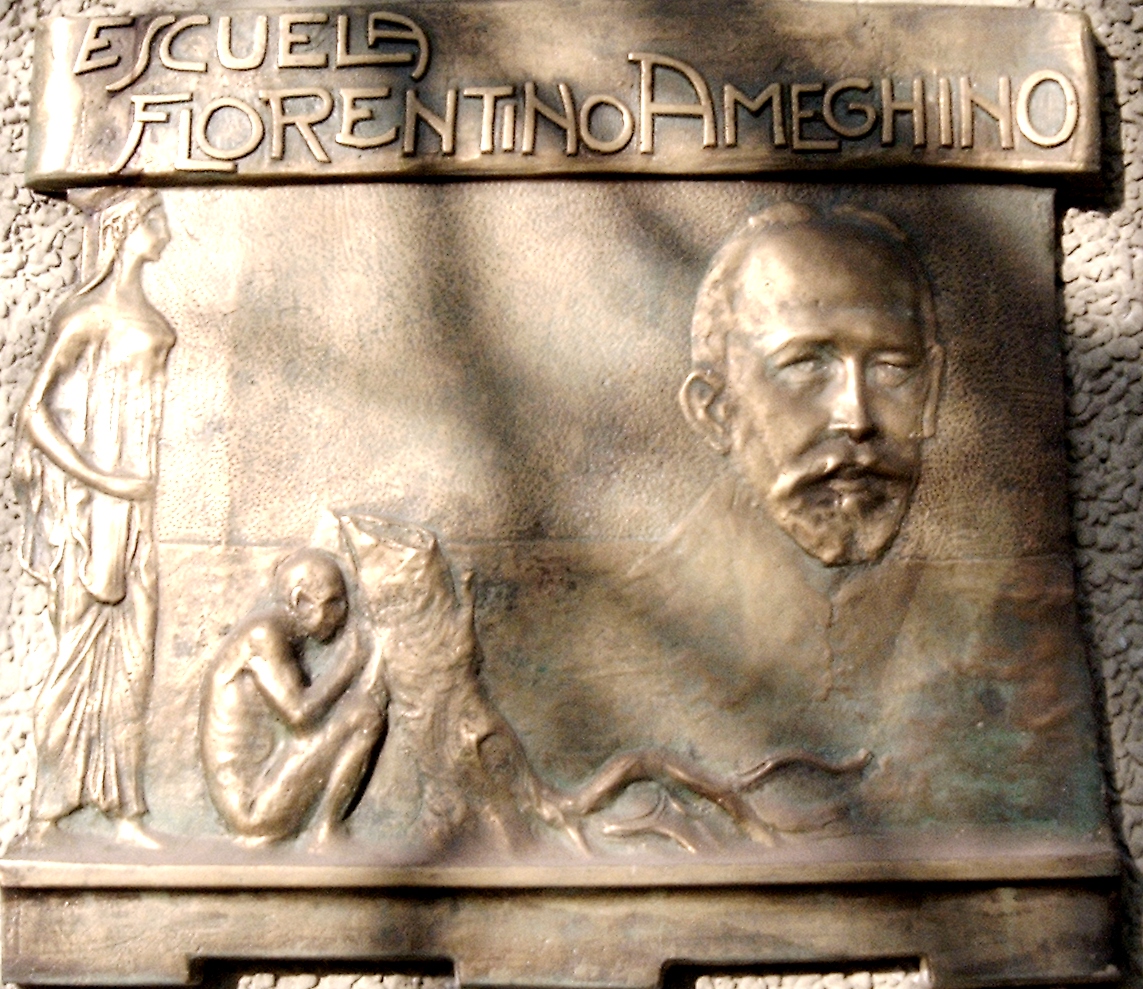|
Polydolopimorph
Polydolopimorphia is an extinct order of metatherians, more closely related to extant marsupials than other extinct mammals. Known from the Paleocene-Pliocene of South America and the Eocene of Antarctica, they were a diverse group during the Paleogene, filling many niches, before declining and becoming extinct at the end of the Neogene. It is divided into two suborders, Bonapartheriiformes, and Polydolopiformes The morphology of the teeth suggests that polydolopimorphians may be crown group marsupials, nested within Australidelphia. The group contained omnivorous, frugivorous and herbivorous forms. Taxonomy Taxonomical subdivision of the Polydolopimorphia: at .org * Su ... [...More Info...] [...Related Items...] OR: [Wikipedia] [Google] [Baidu] |
Metatheria
Metatheria is a mammalian clade that includes all mammals more closely related to marsupials than to placentals. First proposed by Thomas Henry Huxley in 1880, it is a more inclusive group than the marsupials; it contains all marsupials as well as many extinct non-marsupial relatives. There are three extant subclasses of mammals, one being metatherians: #monotremes: egg laying mammals like the platypus and the echidna, #metatheria: marsupials, which includes three American orders ( Didelphimorphia, Paucituberculata and Microbiotheria) and four Australasian orders (Notoryctemorphia, Dasyuromorphia, Peramelemorphia and Diprotodontia), and the # eutherians: placental mammals, consisting of four superorders divided into 21 orders. Metatherians belong to a subgroup of the northern tribosphenic mammal clade or Boreosphenida. They differ from all other mammals in certain morphologies like their dental formula, which includes about five upper and four lower incisors, a canine, three pre ... [...More Info...] [...Related Items...] OR: [Wikipedia] [Google] [Baidu] |
Paleocene
The Paleocene, ( ) or Palaeocene, is a geological epoch (geology), epoch that lasted from about 66 to 56 mya (unit), million years ago (mya). It is the first epoch of the Paleogene Period (geology), Period in the modern Cenozoic Era (geology), Era. The name is a combination of the Ancient Greek ''palaiós'' meaning "old" and the Eocene Epoch (which succeeds the Paleocene), translating to "the old part of the Eocene". The epoch is bracketed by two major events in Earth's history. The K–Pg extinction event, brought on by Chicxulub impact, an asteroid impact and possibly volcanism, marked the beginning of the Paleocene and killed off 75% of living species, most famously the non-avian dinosaurs. The end of the epoch was marked by the Paleocene–Eocene Thermal Maximum (PETM), which was a major climatic event wherein about 2,500–4,500 gigatons of carbon were released into the atmosphere and ocean systems, causing a spike in global temperatures and ocean acidification. In the Pal ... [...More Info...] [...Related Items...] OR: [Wikipedia] [Google] [Baidu] |
Fossilworks
Fossilworks is a portal which provides query, download, and analysis tools to facilitate access to the Paleobiology Database The Paleobiology Database is an online resource for information on the distribution and classification of fossil animals, plants, and microorganisms. History The Paleobiology Database (PBDB) originated in the NCEAS-funded Phanerozoic Marine Pale ..., a large relational database assembled by hundreds of paleontologists from around the world. History Fossilworks was created in 1998 by John Alroy and is housed at Macquarie University. It includes many analysis and data visualization tools formerly included in the Paleobiology Database.{{cite web, title=Frequently asked questions, url=http://www.fossilworks.org/cgi-bin/bridge.pl?page=FAQ, publisher=Fossilworks, access-date=17 December 2021 References {{Reflist External links {{Wikidata property, P842 * [Baidu] |
Chulpasia
''Chulpasia'' is an extinct genus of Eocene marsupial related to today's shrew opossums. It was a small animal, about long, with an omnivorous diet. Its diet probably included seeds, small fruits, and insects. Fossils were found in the Muñani Formation in present-day Peru. Australian conundrum In 2009 Bernard Sigé et al. described a marsupial fossil found on the Eocene Murgon fossil site, Queensland. Referring to the specimen as ''Chulpasia jimthorselli'', they exhibited this find as an example of Gondwanan faunal interchange between South America and Australia during the early Paleogene. However, more recent re-evaluations showcase that this specimen has nothing referrable to ''Chulpasia'' or any of its close relatives, and instead identified it as a metatherian ''incertae sedis ' () or ''problematica'' is a term used for a taxonomic group where its broader relationships are unknown or undefined. Alternatively, such groups are frequently referred to as "enigmatic t ... [...More Info...] [...Related Items...] OR: [Wikipedia] [Google] [Baidu] |
Hondalagus
''Hondalagus'' is an extinct genus of marsupial mammals that lived during the Middle Miocene epoch (Laventan The Laventan ( es, Laventense) age is a period of geologic time (13.8 to 11.8 Ma) within the Middle Miocene epoch of the Neogene, used more specifically within the SALMA classification in South America. It follows the Colloncuran and precedes th ...) in South America. Their fossils were found in the Honda Group at Quebrada Honda, in southern Bolivia.''Hondalagus'' at Fossilworks.org ''Hondalagus'' represents the smallest and most specialized member of the extinct family Argyrolagidae.Villarroel C.A. y Marshall, ... [...More Info...] [...Related Items...] OR: [Wikipedia] [Google] [Baidu] |
Florentino Ameghino
Florentino Ameghino (born Giovanni Battista Fiorino Giuseppe Ameghino September 19, 1853 – August 6, 1911) was an Argentine naturalist, paleontologist, anthropologist and zoologist, whose fossil discoveries on the Argentine Pampas, especially on Patagonia, rank with those made in the western United States during the late 19th century. Along with his two brothers –Carlos and Juan– Florentino Ameghino was one of the most important founding figures in South American paleontology. From 1887 until his death, Ameghino was passionately devoted to the study of fossil mammals from Patagonia, with the valuable support of his brother Carlos Ameghino (1865–1936) who, between 1887 and 1902, made 14 trips to that region, where he discovered and collected numerous fossil faunas and made important stratigraphic observations which helped to support his journal Ameghiniana. Biography Ameghino was born on September 19, 1853 in Tessi, an hamlet of Moneglia, a municipality of Liguria in Ita ... [...More Info...] [...Related Items...] OR: [Wikipedia] [Google] [Baidu] |

